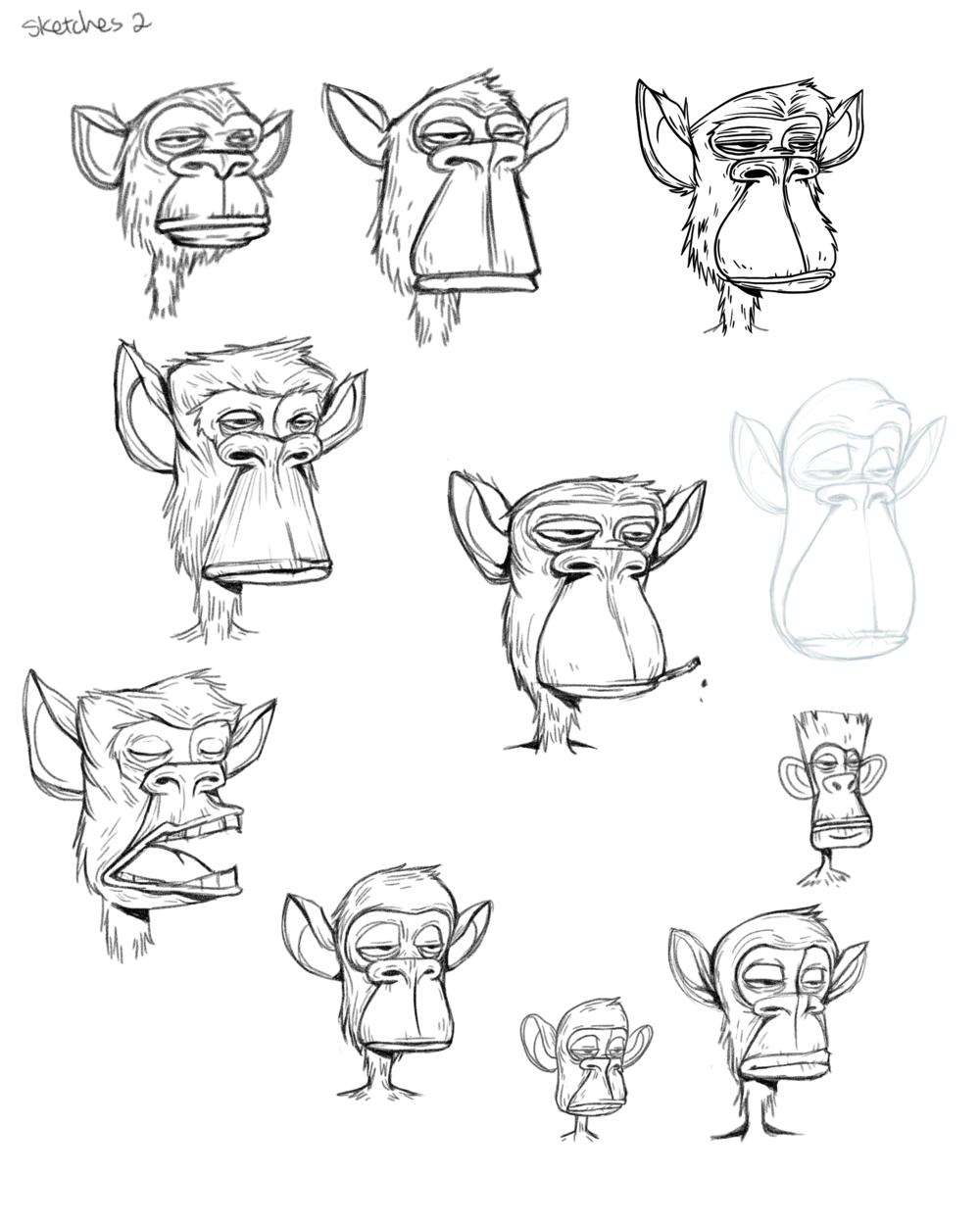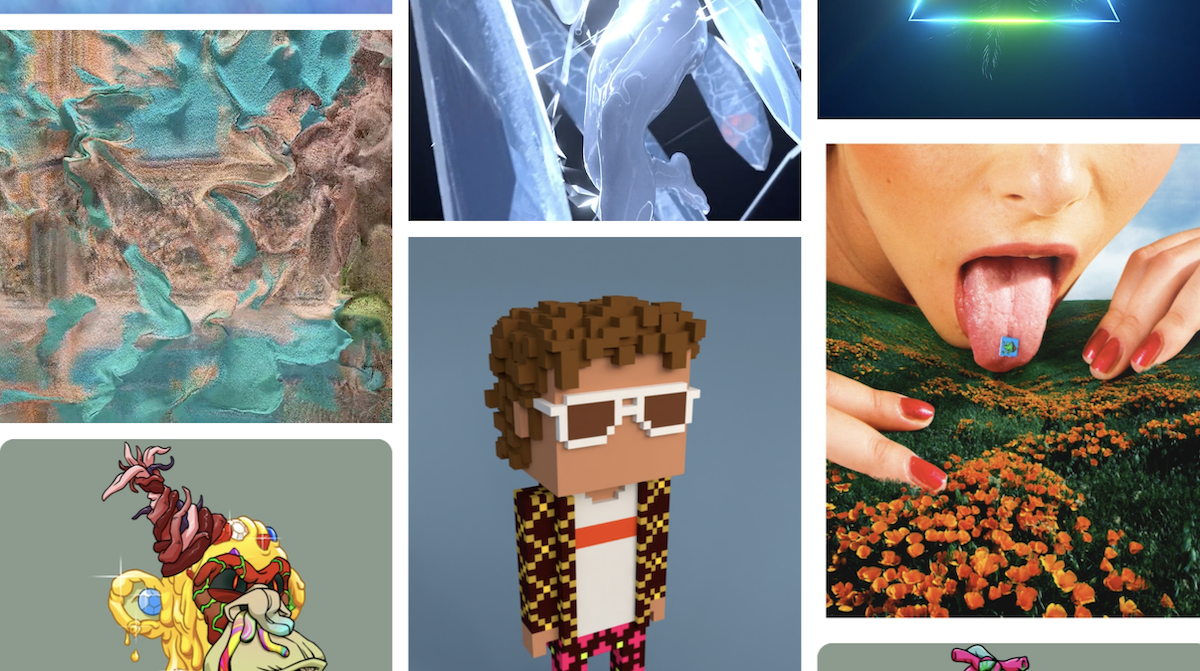The art world has a problem. But NFTs can offer ‘a real solution’
NFTs provide new possibilities and opportunities to artists in ways the traditional art world has never offered.
With the advent of technology, a new art ecosystem formed, free of many structures that artists usually navigate just to reach an audience, let alone succeed. In crucial ways, the blockchain leveled the playing field, and suddenly anyone could participate in the new creative economy.
NFT projects built from the ground up on Discord and other social media channels brought together like-minded individuals and fostered exciting new opportunities to distribute the digital artwork these communities love, and the flow of capital that came with it. Digital illustrators and artists whose art spread across the internet over the past decade finally found a way to be recognized and adequately compensated for their work. The age of Web3, it seemed, would herald a new and fairer future for all.
NFTs haven’t solved the art world’s problems
But the development of the crypto-art space has not only been a story of success and equity. The new creative economy has emerged from the context that came before it. Little wonder that some of the same issues of artist disenfranchisement, media optics and financial obsessions have carried over into today’s NFT space.
Probably the most notable example of this dynamic occurred when All Seeing Seneca, the main artist behind Bored Ape Yacht Club, accidentally discovered one day that NFTs from the project she was helping to build started selling for millions at a time. The fact that Seneca never saw proper remuneration from a project now worth billions indicates that the decentralization and equity that projects like BAYC and others are talking about may be less of a priority in the space than it should be.

But properly compensating artists for their work is only one aspect of the NFT space to analyze when comparing it to the traditional or contemporary art world.
Looking honestly at both the good and the bad about the Web3 art space is essential to its sustained future. So, where do things stand? What remnants of the traditional art world have artists continued to manage in Web3, and what has the space happily left behind?
The development of the art world
Numerous creators and collectors in the NFT space got their start in contemporary art. Such figures, such as Artwrld founders Nato Thompson and Josh Goldblum, have had a front-row seat to the blockchain-based revolution.
A writer, curator and self-described cultural infrastructure builder, Thompson has worked as an artistic director at Philadelphia Contemporary, Creative Time and MASS MoCA. Goldblum is the founder of Bluecadet, the Emmy Award-winning digital agency that builds websites, mobile apps and interactive installations. Together, and together with the Lebanese artist Walid Raad, they created the Artwrld platform for contemporary artists to find a home in Web3 and NFT.
“The big media follows big money and big controversy in NFTs,” Thompson explained in an interview with nft now. “It has been the case in the art world, [and it] has always been detrimental. There are 770,000 manufacturers in the NFT space – and everyone mentions Bored Ape Yacht Club. The nature of the media continues to be exactly the same.”
Despite this, Thompson notes that many structures of hierarchy and influence in the art ecosystem are likely to change completely. The analog art world, he says, is extraordinarily static, forcing people to navigate power structures that are difficult to enter. Web3 and NFTs represent a pushback from that paradigm.
“I think there are some real opportunities in terms of participation between the artists and their communities when it’s not mediated by the galleries, museums or Facebook,” Goldblum added in an interview with nft now.
“We can’t help but remember Web2 and what came out of it.”
Nato Thompson
One of the best things about the NFT space, Goldblum and Thompson said, is that everything is largely still changing. This contrasts with the traditional art world, where structures are solidified and gatekeepers rule. The two hope things stay fluid for a while, as this atmosphere offers more opportunities and greater freedom for everyone in general.
“The time when things are not clear is the most exciting time,” Thompson elaborated. “The world that will come digitally is being shaped now. Those camps are being formed now. And they are made by people, not just systems. I think good movements are started by utopianism. But for some of us older people, we can’t help but remember Web2 and what came of it.”
For Thompson, Web3 is a wonderful opportunity to create structures built on values such as diversity and justice, especially in a context where artists and communities can be “truly transglobal,” he said. “These things are profound in a way that has never happened in the history of the avant-garde.”
Artists and institutions open up to Web3
But it’s precisely the kind of transitory and amorphous space that Thompson fondly refers to that keeps many contemporary artists from making the Web3 leap, according to Ronnie K. Pirovino, a well-known collector and curator in both the traditional and crypto art spaces. The promise that the NFT space holds, he maintains, has not yet been realized.

“I think that promise is largely unfulfilled because there are still a large number of artists from the contemporary art space who really need to figure out how they fit into this new space and how they can contribute to it,” Pirovino explained in an interview with nft now. “Don’t treat it like it’s something they shouldn’t go near because they don’t understand it or they feel it’s past their time.”
Pirovino, who curated Christie’s first ever NFT auction, says a more fully realized vision of the NFT ecosystem will evolve only as non-Web3 native artists step up. “When we see a greater number of artists from the contemporary art space expanding their practice into this new area, then we will begin to experience the fulfillment of the promise [of NFTs],” he explained.
Ironically, the current bear market may help artists start experimenting with NFTs, says Pirovino, since the stakes are simply lower. If contemporary artists see the risk factor as more in line with the creative than the financial, they will be able to explore crypto-art more confidently.
“This space doesn’t necessarily have to be indelibly tied to money,” Pirovino enthused. He also believes that the question of projects or institutions that exploit artists can have a real solution.
“It certainly prevents them from entering the room.”
Ronnie K. Pirovino
“It is a concern. It’s definitely a concern,” Pirovino acknowledged, of exploitative practices that can happen. “But I think people are becoming much more sophisticated about all the dimensions surrounding the space, and I think this is becoming less of an issue. There are so many educational resources you can find to educate yourself. Like Twitter spaces, where you can pretty much sit all day long and listen to what’s going on. And even if you’ve never heard of NFTs, you’ll probably know a good deal of what’s going on in the room by the end of it.”
When asked if he thinks most people in the NFT space are more interested in forming long-term art collections or just being part of a community and making money, he remains optimistic.
“You definitely see very passionate collectors in this space who are focused on specific individuals,” Pirovino elaborated. “FVCKRENDER has a pretty loyal fanbase, for example. I’m starting to see very prominent collectors like 33nft, Pranksy, 888 and GMoney increasingly doing what they can to collect the very best work out there. They’ve taken to be definitive collectors in the space. There’s definitely a parallel with the contemporary art space. The same passion is there.”
But the biggest obstacle for contemporary artists and collectors to experiment with NFTs, says Pirovino, is the technical layer involved in engaging with them. The Web3 community, he believes, needs to take a more proactive stance when it comes to introducing people to blockchain-based technology and simplifying the process for them.
“At this moment, you are in danger,” Pirovino said. “If you’re clicking on the wrong thing, if you’re acting too quickly on something—this is anxiety-inducing. And for an older person who’s extremely interested in all of that, it absolutely prevents them from entering the room.”
The critical question the NFT community needs to think about, says Pirovino, is simple: How easy does something have to be for the mainstream to adopt it?


